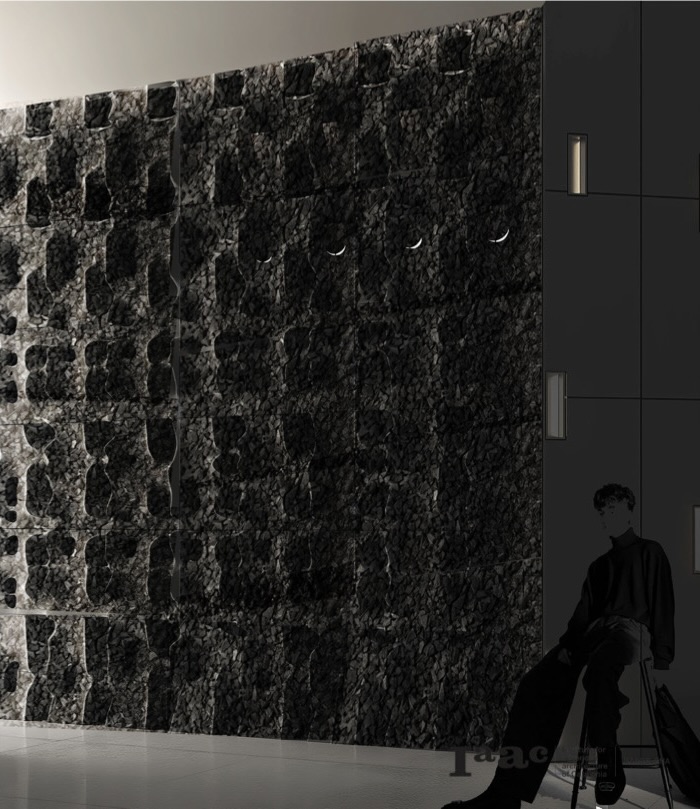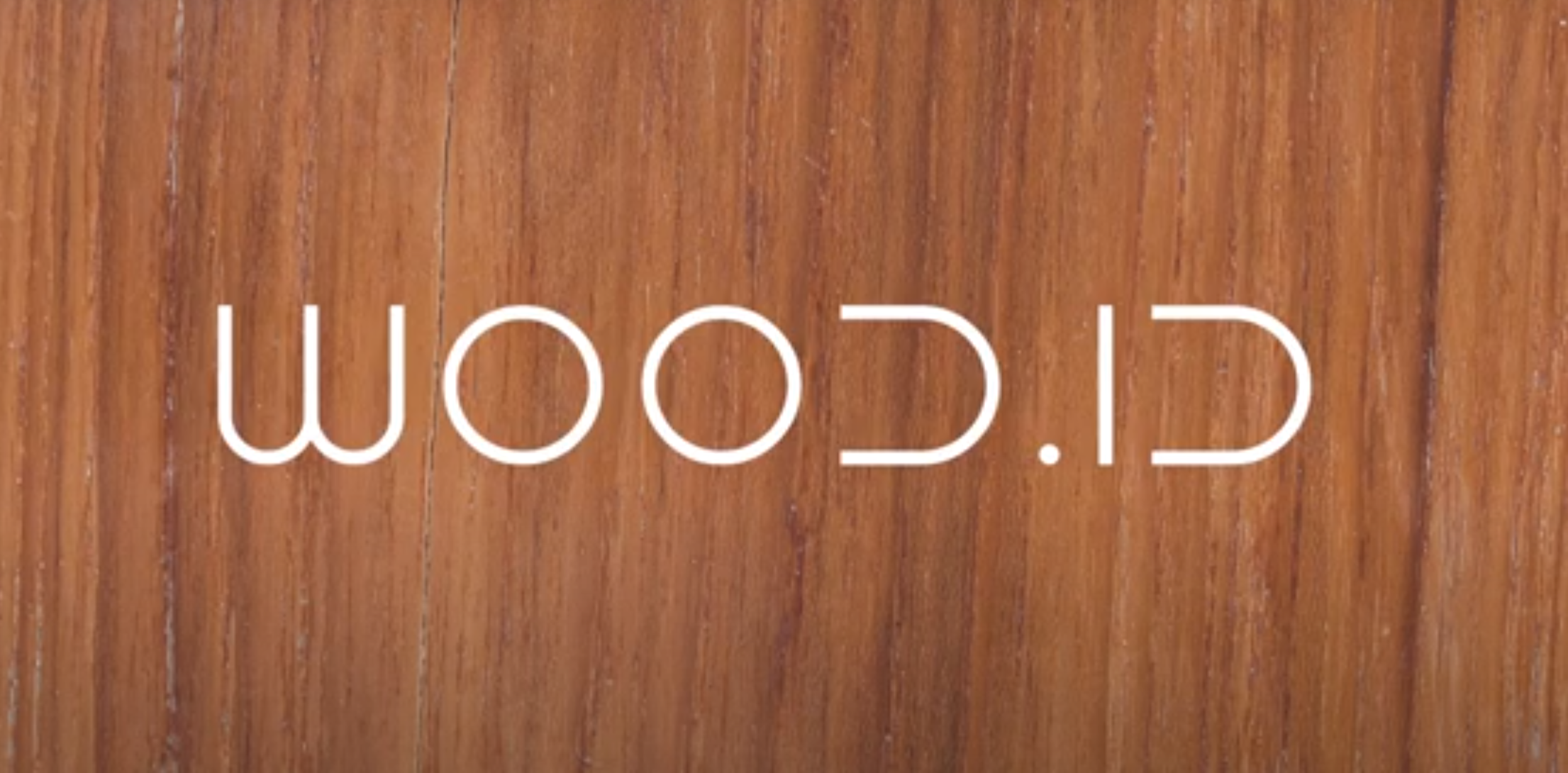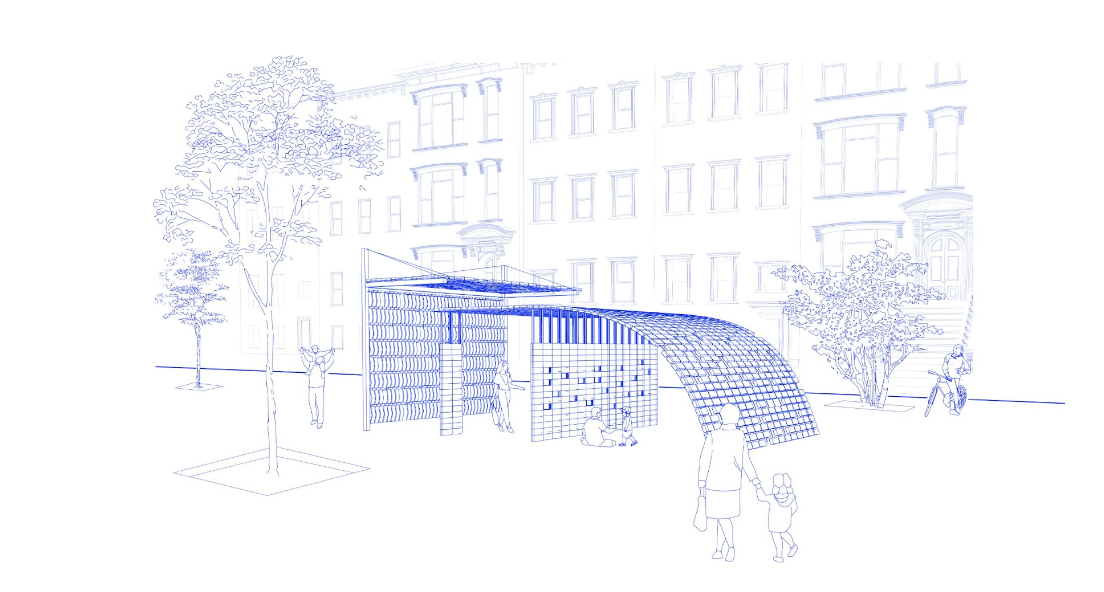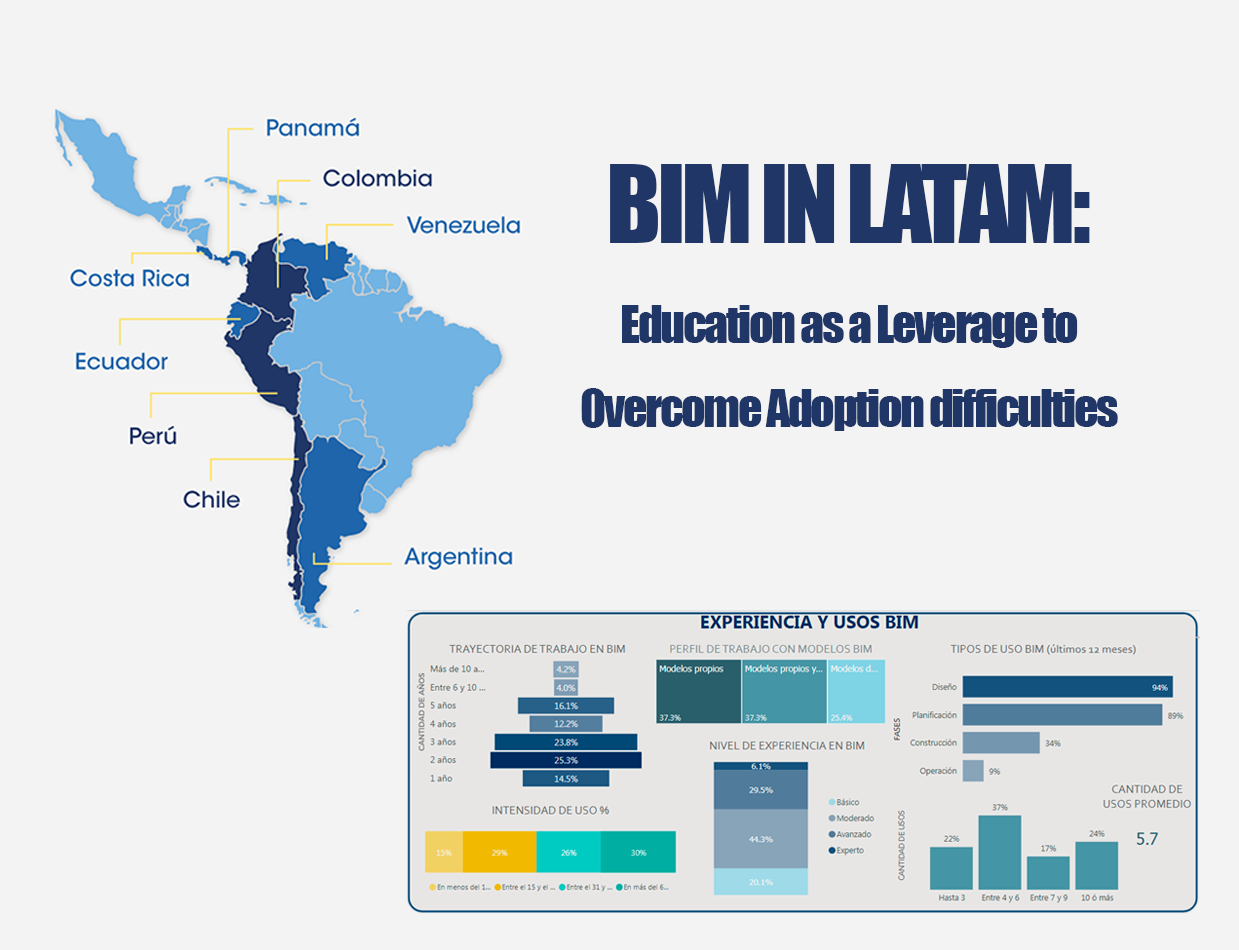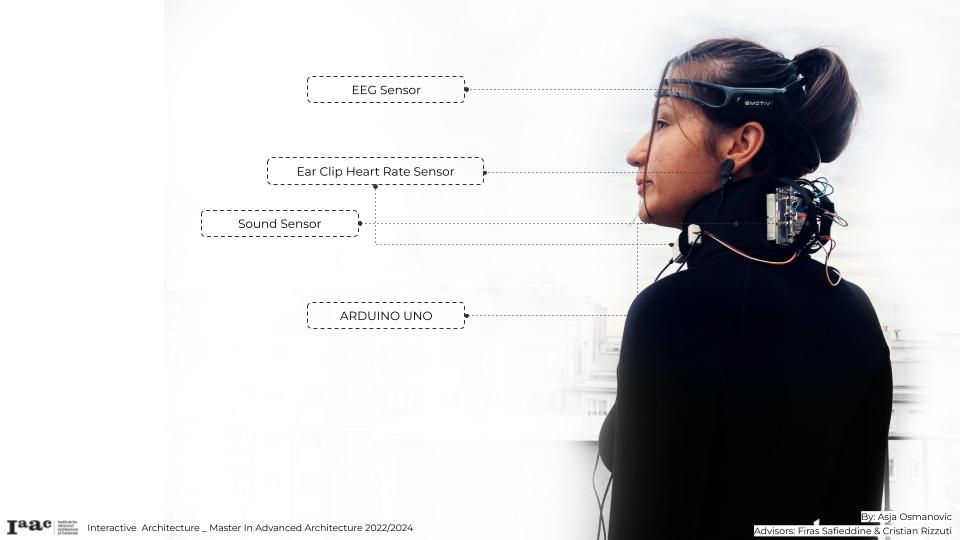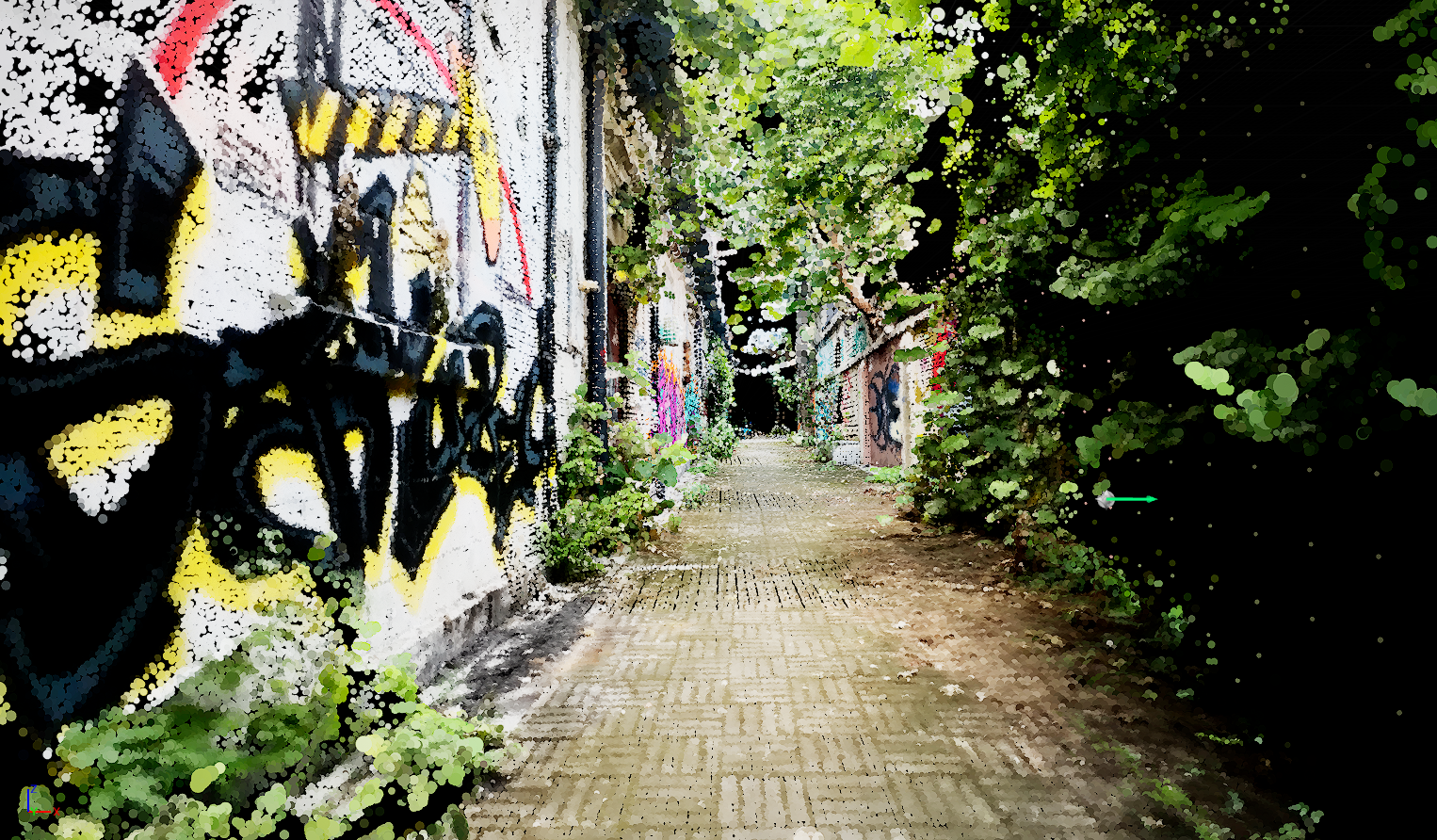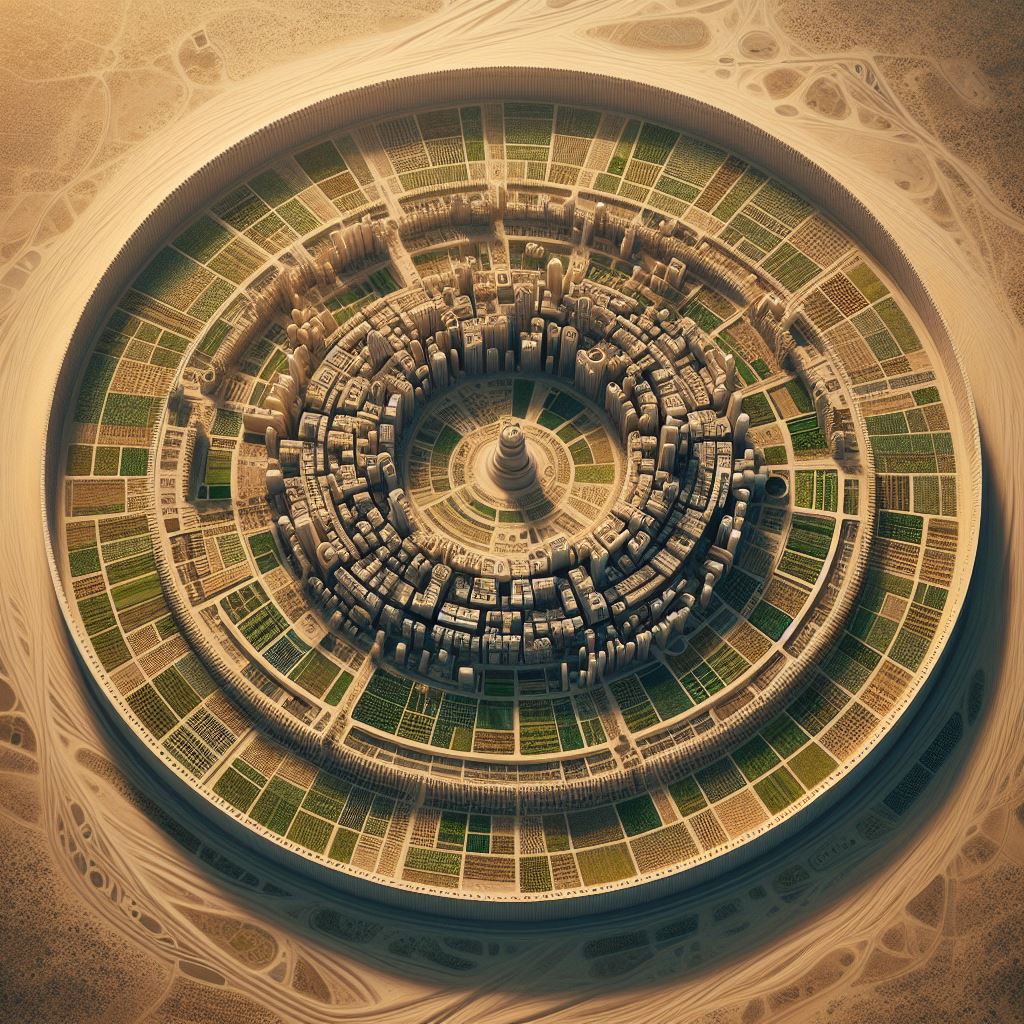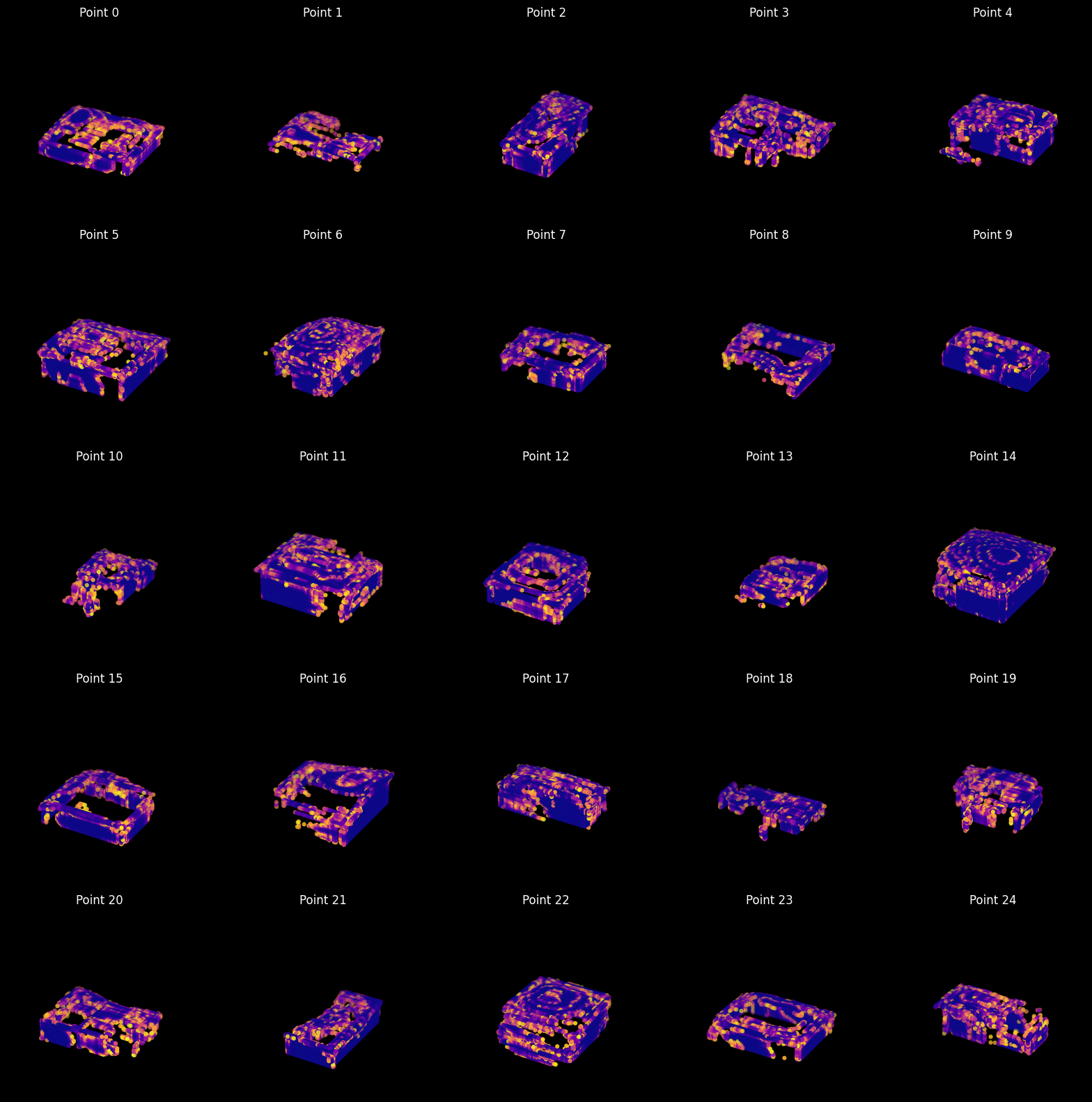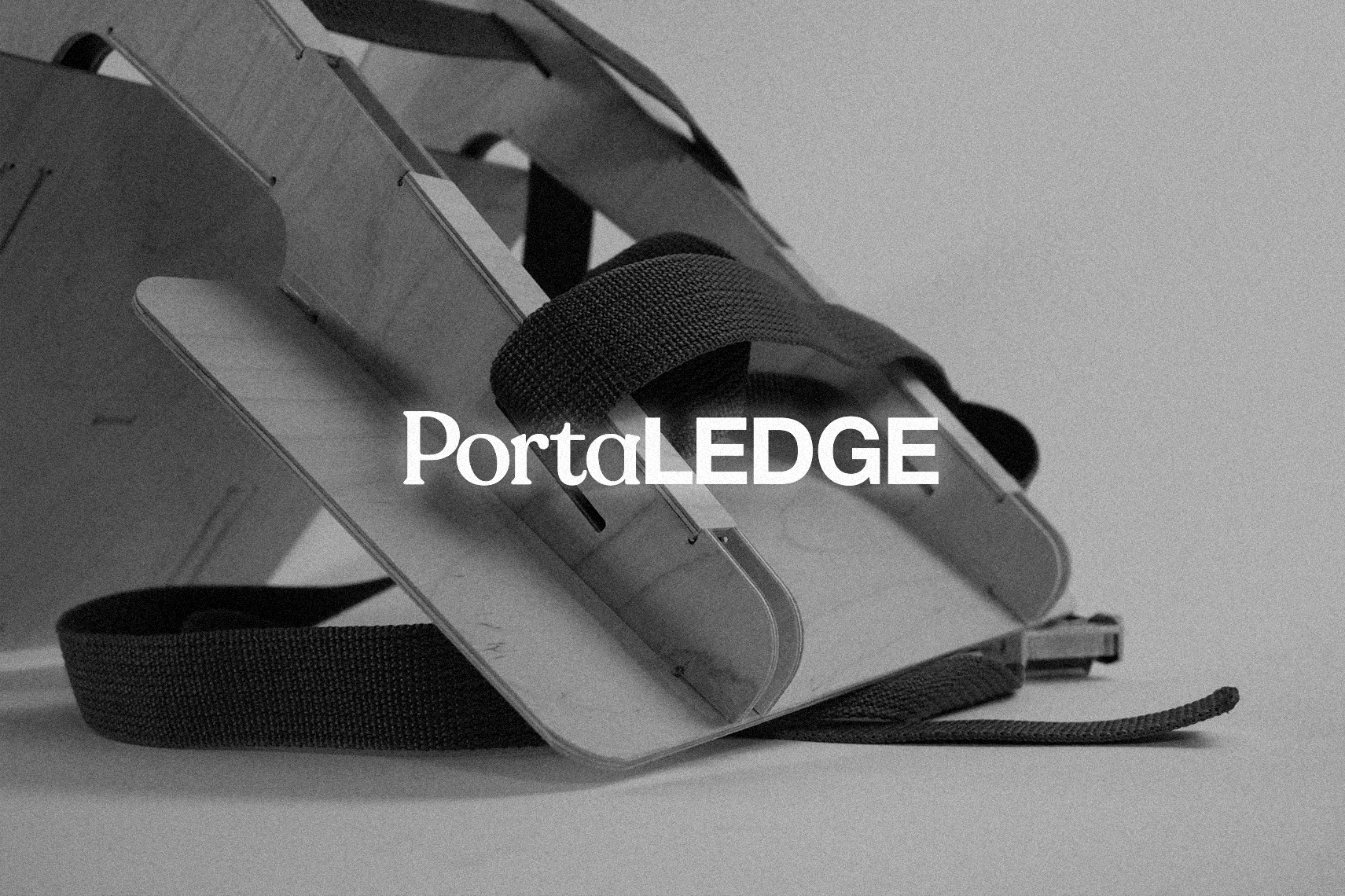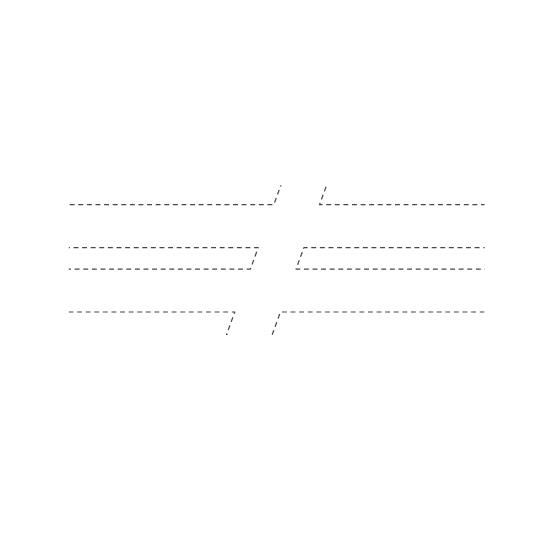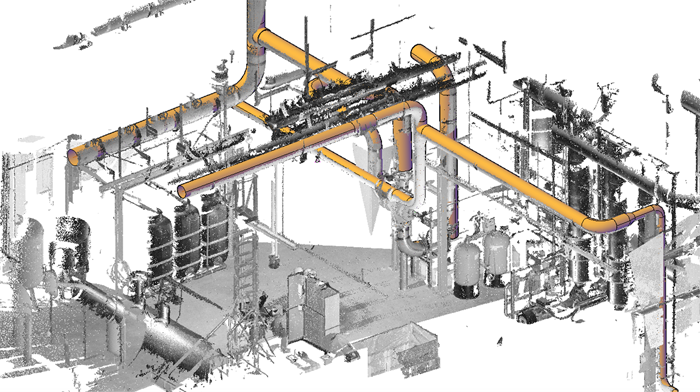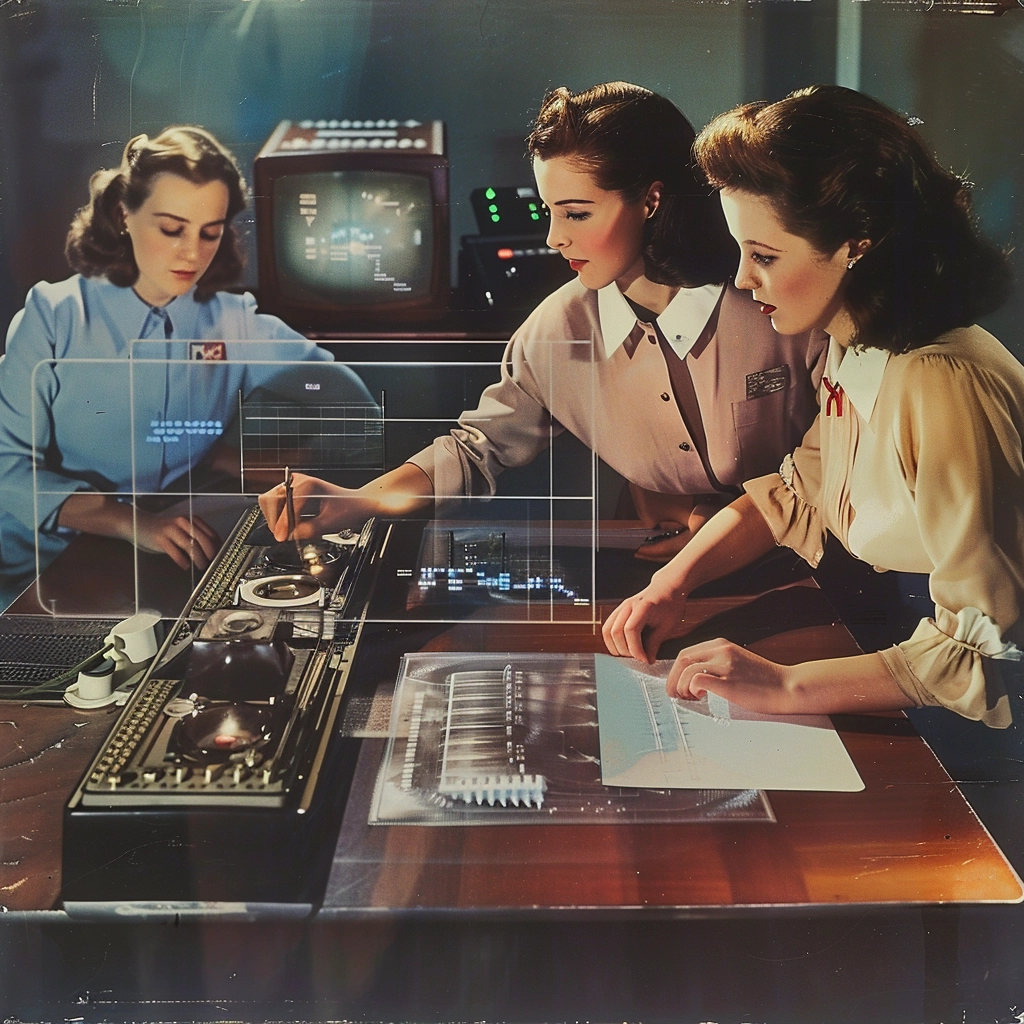The MAA is a visionary master program with an innovative and open structure, mixing diverse disciplines, shaping professionals capable of producing theoretical & practical solutions towards responsive cities, architecture & technology.
Decharbonization
The goal of this project is to create a non-cementitious geopolymer, using as the main component the biochar, to create a sustainable, durable material system that minimizes the carbon footprint of construction processes. Biochar is commonly used in the agriculture field for soil management and enhancement, consequently storing the sequestered carbon on the ground. To … Read more
Wood ID
WoodID is a revolutionary project aiming to transform the utilization and reutilization of wood in the industry. Leveraging artificial intelligence (AI) technology, WoodID targets to enhance the circular model of reutilization by operating within a smaller loop, converting wood into various useful products. The WoodID process commenced with gathering industry insights from Barcelona related to … Read more
FRICKS: CDW Bricks Foamed Geopolymer
BIM in Latin America : Education as a leverage to overcome adoption difficulties
BIM software is reshaping architecture, engineering, and construction globally, but its adoption is uneven. Many regions, including Latin America, lag behind in implementing this technology. Factors such as the economy, insufficient education and training, cultural and organizational barriers, lack of regulations or government initiatives are accountable for this issue. Additionally, the limited enhancements primarily focus … Read more
The Hugging Amphibian
Amphibious attachment systems for existing stilt houses to counteract flash floods along the Brahmaputra river plains in Assam, India Context In India, about 40 million hectares, or one-eighth of the country’s geographical area, is flood prone. Assam receives more rainfall than most parts of India. In 2022, floods affected around 5.5 million people across 32 … Read more
Neuro-Sensitive Spatial Biophilia_02
An Integrated Approach to Interactive Architectural Design for Stress Reduction and Neuroimmunological Well-being This project aims to enhance the focus, creativity, and overall well-being of office employees by creating an environment based on biometric input data (EEG, HRV) and spatial input data (light, sound, presence of greenery) in augmented reality (AR). The environment will incorporate … Read more
Oasis
Integrating Radiation Shielding for a Safe and Sustainable Urban Environment Radiation is a threat in many industries, from space exploration to medical imaging. Effective design must take into account the unique challenges presented by radiation. MASTER IN ADVANCED COMPUTATION FOR ARCHITECTURE & DESIGN 2023/2024 Faculty: ARETI MARKOPOULOU & NIKOL KIROVA STUDENT : Darkhan Kadirov
IN PURSUIT OF IDENTITY
Looking at these before-after photos the first word that comes to mind is fragility: the fragility of its former identity, the frugality of a particular type of life, the fragility of the built environment. Through demolishing and constructing new buildings we are endowing the place with new meanings and new ways of relating to the … Read more
DE-GRADABLES
STATEMENT Today, almost 39% of CO2 emissions are attributed to current construction processes. Architectural design implementations have the potential to address these environmental challenges through active and passive strategies. Elements such as facades, walls, or interior components among others play a role in the carbon cycles by capturing, storing and emitting carbon. Biochar, as a … Read more
Customizing Comfort
Harnessing parametric design for personalized living spaces In contemporary furniture markets, there is a growing demand for customized solutions that cater to individual preferences, including personalized dimensions, materials, and other specifications. Have you ever been in a situation where you went furniture shopping and you see the bookshelf of your dreams, but sadly 125cm in … Read more
Scan to BIM: ML tools for MEP component recognition
Source: www.kubit-software.com Topic brief The research is investigating the potential benefits of integrating state-of-the-art machine learning (ML) tools in Scan-to-BIM for mechanical, electrical and plumbing parts (MEP) recognition. Recent advancements in ML can enhance construction phase and post-construction maintenance. The use of these tools can be critical to create accurate as-built models to automate the … Read more
BUILDCODE # 2D PHASE
My name is Aleksandra, and I hate working with documents. I hate it so much that I dedicated my thesis to this, specifically to building codes in the European Union. Dear colleagues, I think you can relate to this. Do you remember yourself working with building codes? Nightmare, right? Nightmare that makes us slow. Dealing … Read more
Do Architects Dream of Electric Sheep?
The future of architecture is being shaped by a romantic embrace of technology, exemplified by the concept of the “electric sheep.” Architects are integrating BIM, computational design, robotics and other advanced tools into their workflows, resulting in a transformative shift in design possibilities. This approach not only improves efficiency, but also fosters greater creativity and inclusivity … Read more


